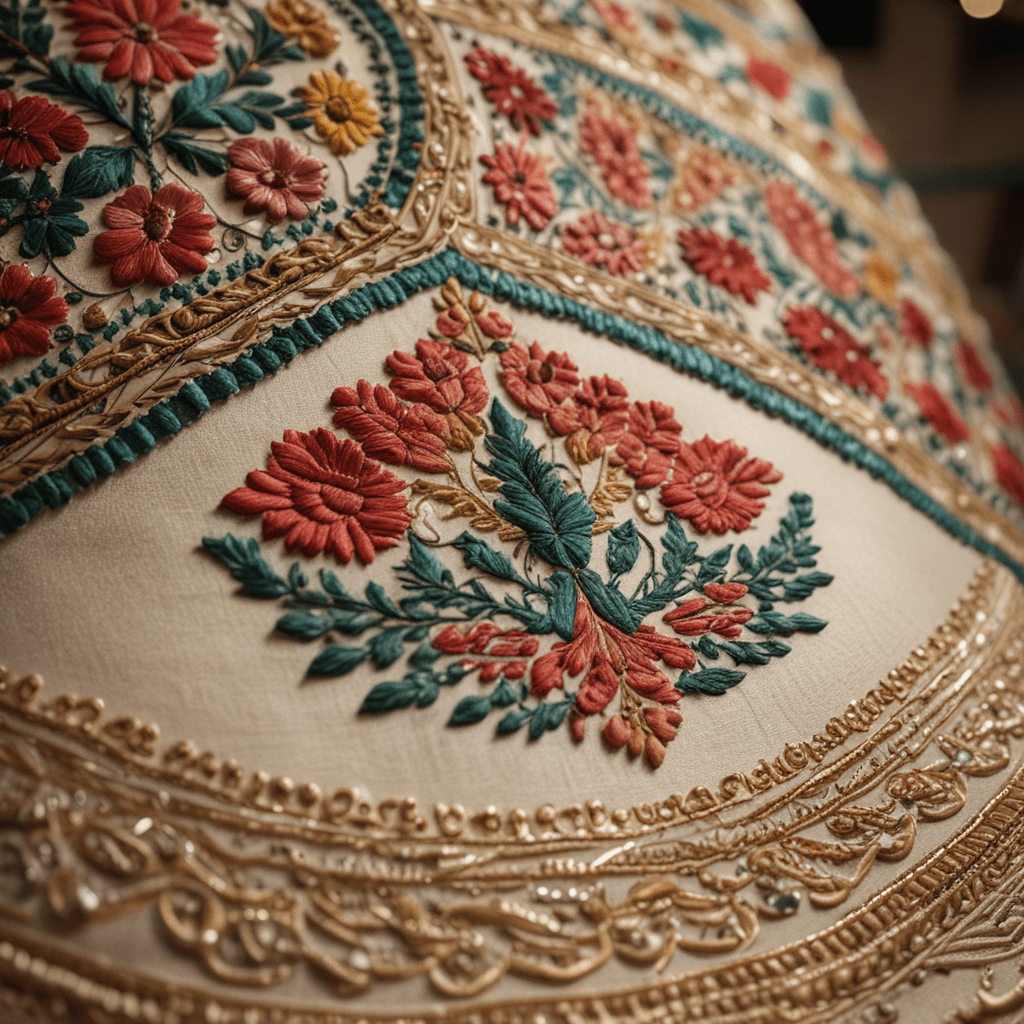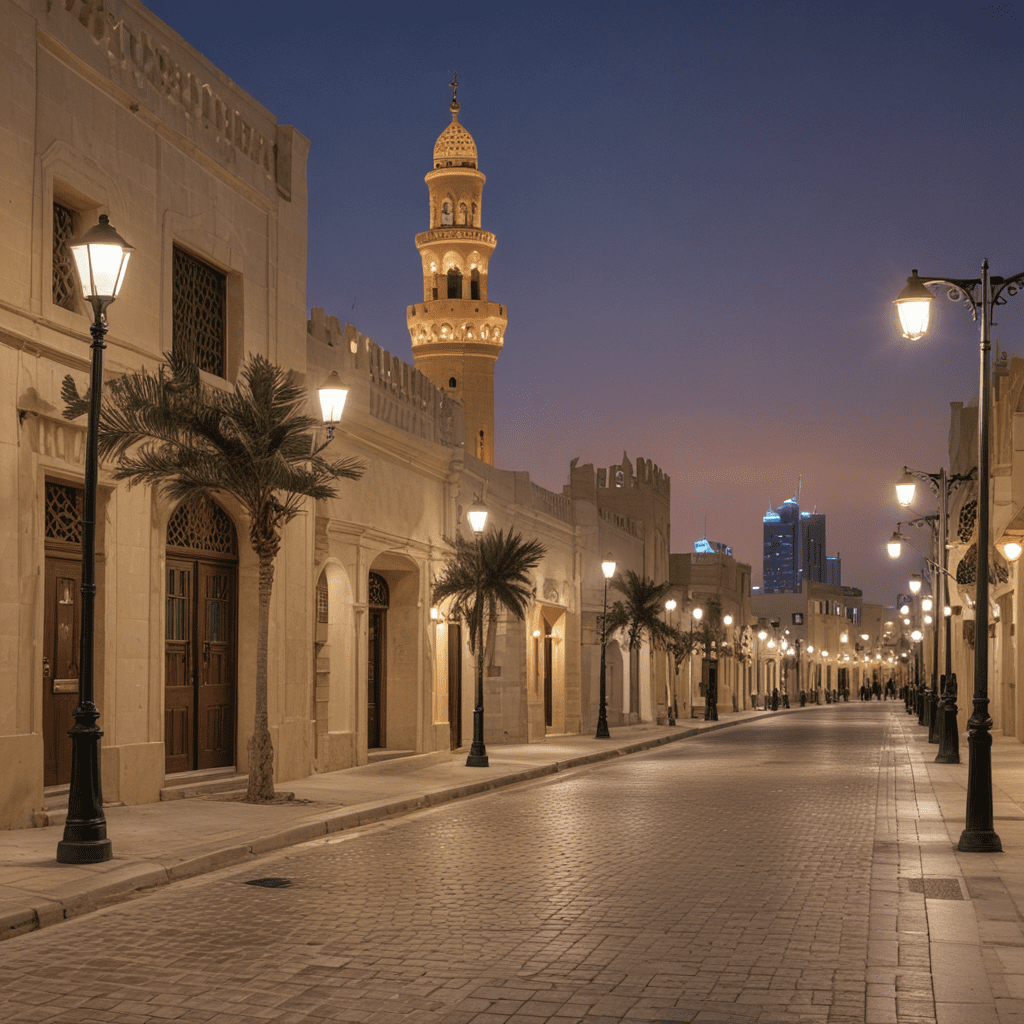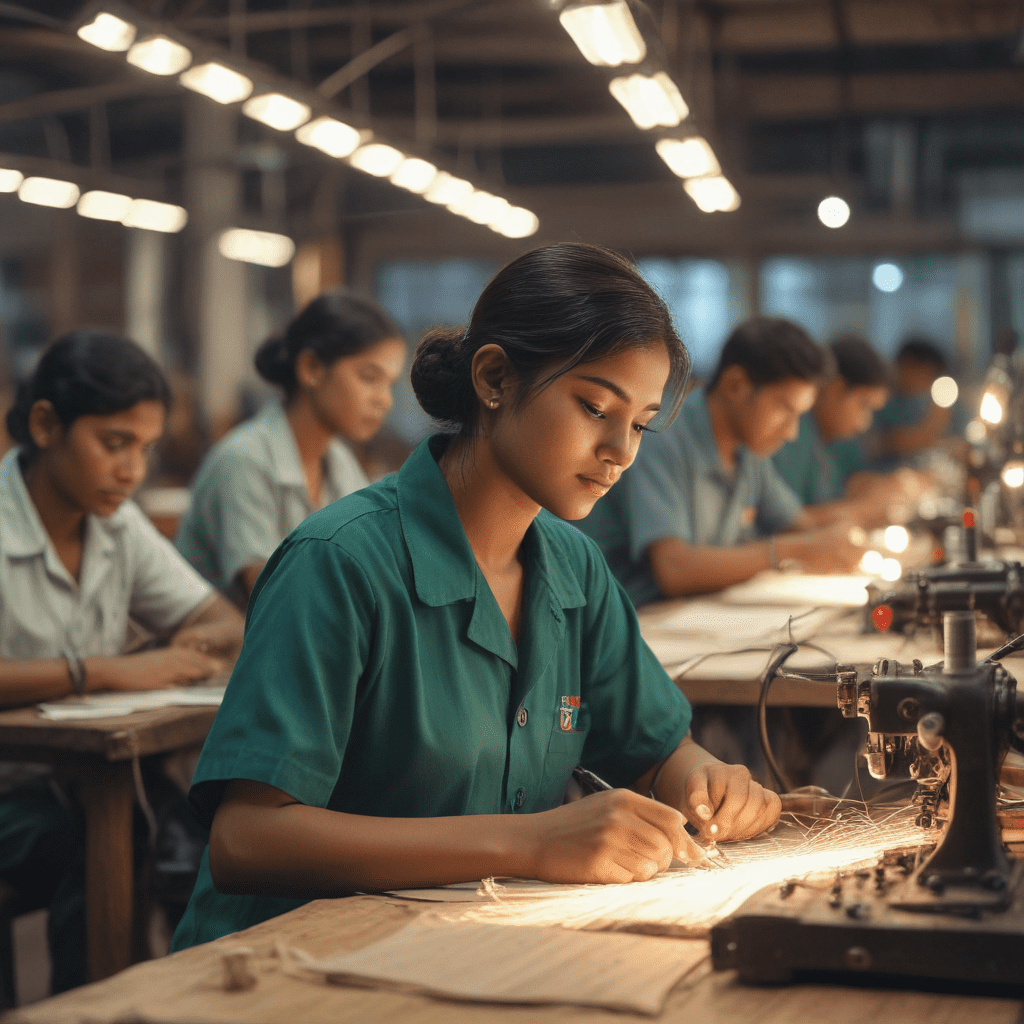
Bahrain's Traditional Embroidery and Textile Art
Introduction
Bahrain's textile art heritage is a testament to the nation's rich cultural history. Embroidery, an integral aspect of this tradition, has been passed down through generations, adorning garments and textiles with intricate designs and symbolic motifs. This article explores the historical roots, materials, and techniques of Bahrain's traditional embroidery, delving into its regional variations and cultural significance.
Historical Roots
Embroidery holds a deep-rooted significance in Bahrain, dating back to ancient times. Its origins can be traced to the seafaring culture of the region, where sailors adorned their sails with intricate designs to protect against the elements and bring good fortune. Over the centuries, embroidery became an essential element of Bahraini dress, serving both functional and decorative purposes.
Materials and Techniques
The fabrics used in traditional Bahraini embroidery include cotton, silk, and wool. Threads are primarily cotton, silk, or gold and silver zari. Embroidery stitches are diverse and symbolic, each representing a specific meaning or conveying a message. Some common stitches include the chain stitch, the satin stitch, and the herringbone stitch.
Types of Embroidery
Traditional Bahraini embroidery is showcased in various forms, each with its unique design elements. "Thobe Al-Gafal" is a men's robe adorned with intricate embroidery on the sleeves and neckline. "Thobe Al-Safi" is a women's dress featuring elaborate embroidery on the bodice and hem, often incorporating traditional motifs such as palm trees or flowers. "Mishlah" is a shawl worn by both men and women, featuring geometric and floral patterns.
Regional Variations
Embroidery styles and designs vary across different regions within Bahrain. The northern region, for example, is known for intricate floral motifs and the use of bright colors, while the southern region features bolder geometric designs. These variations showcase the diverse cultural influences that have enriched Bahrain's embroidery tradition over time.
Contemporary Interpretations
In recent years, contemporary artists have embraced traditional Bahraini embroidery, incorporating it into modern designs and artistic expressions. These adaptations range from avant-garde fashion pieces to home decor, reflecting a vibrant fusion of heritage and innovation. By reimagining traditional techniques, artists are ensuring the continuity of this cultural art form.
Preservation and Revival
Recognizing the importance of this cultural heritage, efforts have been made to preserve and revive traditional Bahraini embroidery. Government initiatives and non-profit organizations have established training programs, workshops, and exhibitions to promote the craft among younger generations. Through these efforts, the skills and techniques associated with this unique art form are being passed on, ensuring its future preservation.
Cultural Significance
Embroidery holds immense cultural significance in Bahrain. It serves as an expression of individual and collective identity, reflecting the wearer's family, community, and cultural heritage. Traditional motifs and symbols embedded within the embroidery designs convey stories, beliefs, and aspirations. As such, embroidery plays an integral role in maintaining and celebrating Bahrain's cultural identity.
Economic Impact
Embroidery has also played a vital role in the economic fabric of Bahrain. Embroidery workshops and studios have provided livelihood opportunities for local artisans and craftspeople, contributing to the preservation of this traditional skill and the country's cultural economy. By promoting and supporting embroidery and other traditional arts and crafts, Bahrain is fostering economic sustainability and preserving its rich heritage.
Future Prospects
Looking ahead, the future of Bahraini embroidery is bright. The industry continues to grow and adapt, with increased recognition of the craft's cultural and artistic significance. Sustainable practices are being adopted to preserve the environment while maintaining the authenticity of traditional methods. Innovation and collaboration are driving the evolution of this ancient art form, ensuring its relevance in a contemporary context and its enduring legacy for future generations.
Frequently Asked Questions (FAQ)
What is the history of Bahrain's traditional embroidery?
Embroidery has been an integral part of Bahraini culture since ancient times, with its origins in the nation's seafaring history and cultural influences from various regions.
What materials and techniques are used in Bahraini embroidery?
Traditional Bahraini embroidery employs various fabrics, including cotton, silk, and wool, and uses a range of stitches, each with symbolic meaning and cultural significance.
What are some common types of Bahraini embroidery?
Embroidered garments and textiles include "Thobe Al-Gafal" (men's robe), "Thobe Al-Safi" (women's dress), and "Mishlah" (shawl), showcasing distinct designs and motifs.
How has embroidery evolved in contemporary Bahrain?
In recent times, contemporary artists and designers have incorporated traditional embroidery techniques into modern creations, fostering a fusion of heritage and innovation in art and fashion.
How can I learn more about Bahrain's traditional embroidery?
You can explore exhibitions and workshops organized by cultural organizations and museums to learn about and appreciate the art form firsthand, as well as support local craftspeople and their efforts to preserve and perpetuate this rich tradition.

